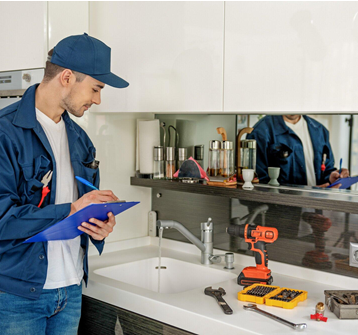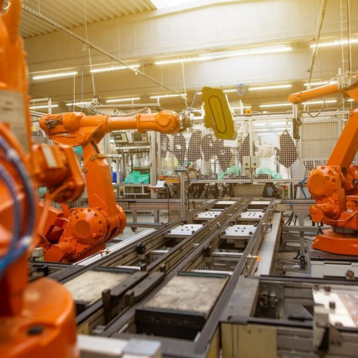Renewable energy sources are widely popular in today’s consumer market. For instance, it’s common to see“green” features in just about every electronic device imaginable, whether it’s a home thermostat or a luxury sports car. However, one of the biggest hurdles standing in the way of the adoption of energy-efficient devices on an industrial level is the battery problem.
Batteries are the heart of many of our past and current technologies, but they are not yet advanced enough to store the large energy payloads generated by a wind turbine or required to power a plane traveling across the Atlantic. This means that while a car might be able to run off, say, a lithium-ion battery, larger vehicles must still rely on other forms of technology and energy such as carbon-based fuels.
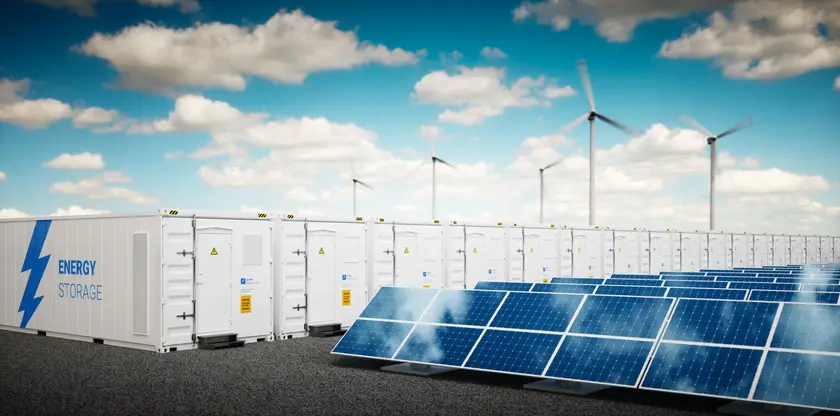
The concept of energy storage system. Renewable energy power plants – photovoltaics, wind turbine farm and battery container. 3d rendering.
But there’s hope. Technology, as we all know, is progressing at incredible rates. New discoveries, both large and small, are always being made. Though progress in the battery industry may have been relatively slow up until recent years, recent advances are reviving this field. Given the sheer importance of finding a cheap, reliable and effective alternative to carbon fuels in the next few years, it should come as no surprise that progress is indeed being made, with many potential solutions in the works—some of which we may see implemented in various applications and devices in the years to come.
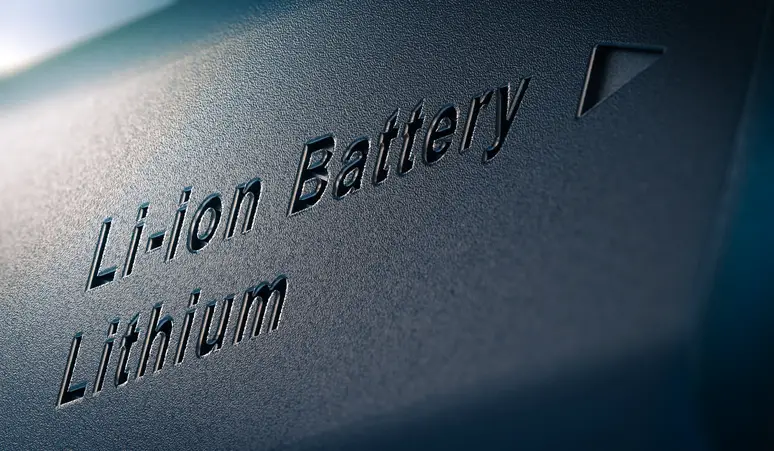
3D illustration of lithium battery pack, close up on the text
More Advanced Lithium-ion Batteries
In the world of lithium-ion batteries, Yet-Ming Chiang’s recent breakthroughs are turning the entire industry on its head. The MIT scientist’s discoveries will allow battery manufacturing costs to be cut in half, bringing average entry costs from 1 billion USD down to a cool $12 million. Chiang’s company, 24M, will continue to explore this space thanks to backing from investors like North Bridge Venture Partners. Across the Atlantic, Swiss-led research by Claire Villevieille and André Studart is showing equal promise, with similar technologies being investigated and bringing more potential innovations to the field.
A Water-Based Battery
Of course, lithium-ion isn’t the only battery on the block. Elsewhere in the US, researchers at Stanford are working on a water-based battery that uses a reverse electron exchange between water and manganese salt that might be able to store solar or wind-generated energy cheaply and efficiently, with a potential lifespan of more than a decade.
If this project goes right, researchers will end up with a battery that could handle up to 10,000 recharges—double that of current recommendations set by the US Department of Energy (DOE). While Stanford’s current prototype is too cost-prohibitive for production (the DOE recommends that grid-scale storage systems cost less than $2,000), the team is already working on a solution that has the potential to bring the costs of their battery below DOE recommendations. If they succeed, lithium-ion batteries will be running up against some serious competition.
Air-Breathing Battery
Not to be outdone by researchers at Stanford, Yet-Ming Chiang’s work actually goes beyond the realm of lithium-ion batteries. He and his team have also created another potential solution to the world’s battery problem: an air-breathing battery that has may be able to store renewable energy for a fifth of the cost of what’s currently out there. Furthermore, this solution is said to be zero-emissions and more or less unrestrained by location factors. This air-breathing battery literally breathes in oxygen, but instead of exhaling carbon dioxide, it exhales even more oxygen.
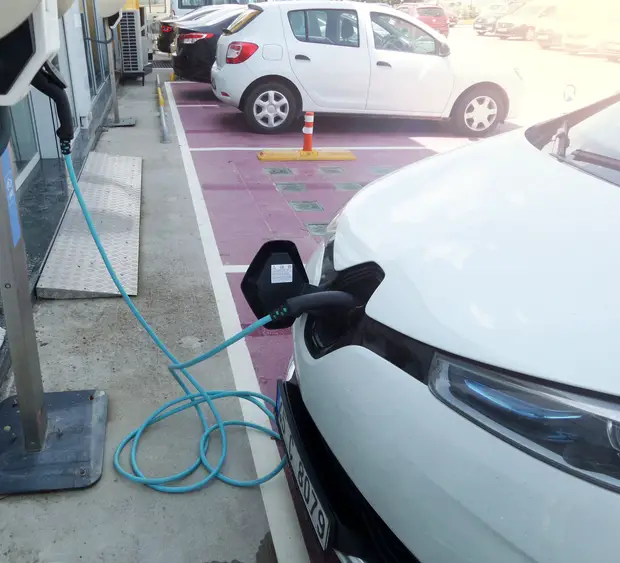
Manisa, Turkey – June 14, 2016: Charging Renault Zoe electric car on a parking place in the city of Manisa, Turkey.
If this project can successfully scale up, Chiang’s “air-battery” could be storing solar or wind-generated electricity for as little as $20 per kilowatt hour. If Chiang can bring this new battery to market, electro mechanical technicians are going to have to look into a serious skills upgrade in order to catch up with this advanced technology.
While none of these seemingly miraculous prototypes have been adapted for market yet, it’s clear that the future of renewable energies is bright as researchers continue to develop scalable solutions to the world’s battery problem. Whether the solution is going to be an improved lithium-ion battery, a water battery, an air battery or some other yet-to-be-seen invention, it’s only a matter of time before a serious breakthrough occurs, which is sure to be a boon for the solar electricity and wind power sectors. Either way, keeping up to date with the latest technological discoveries is the only way to ensure one’s survival in the years to come!






